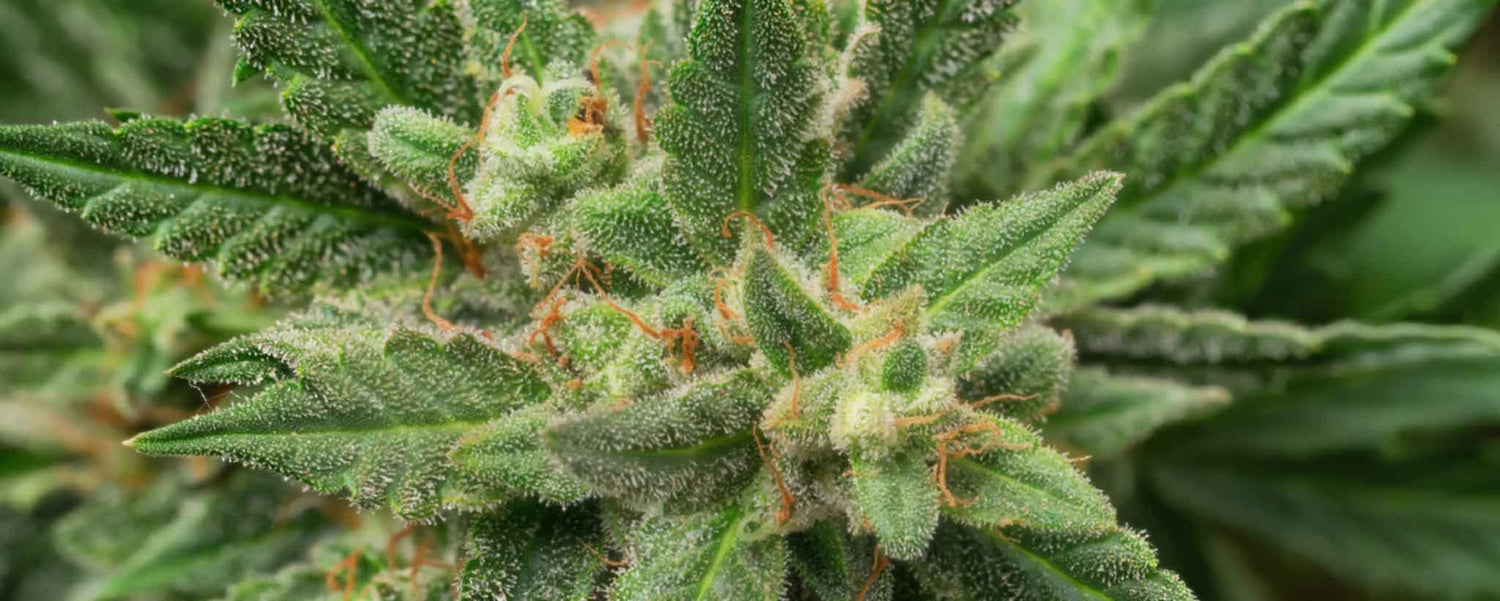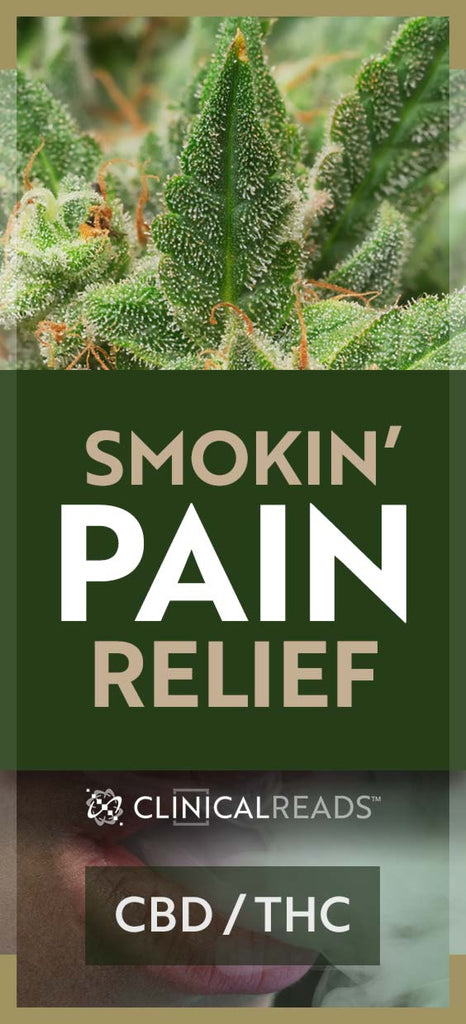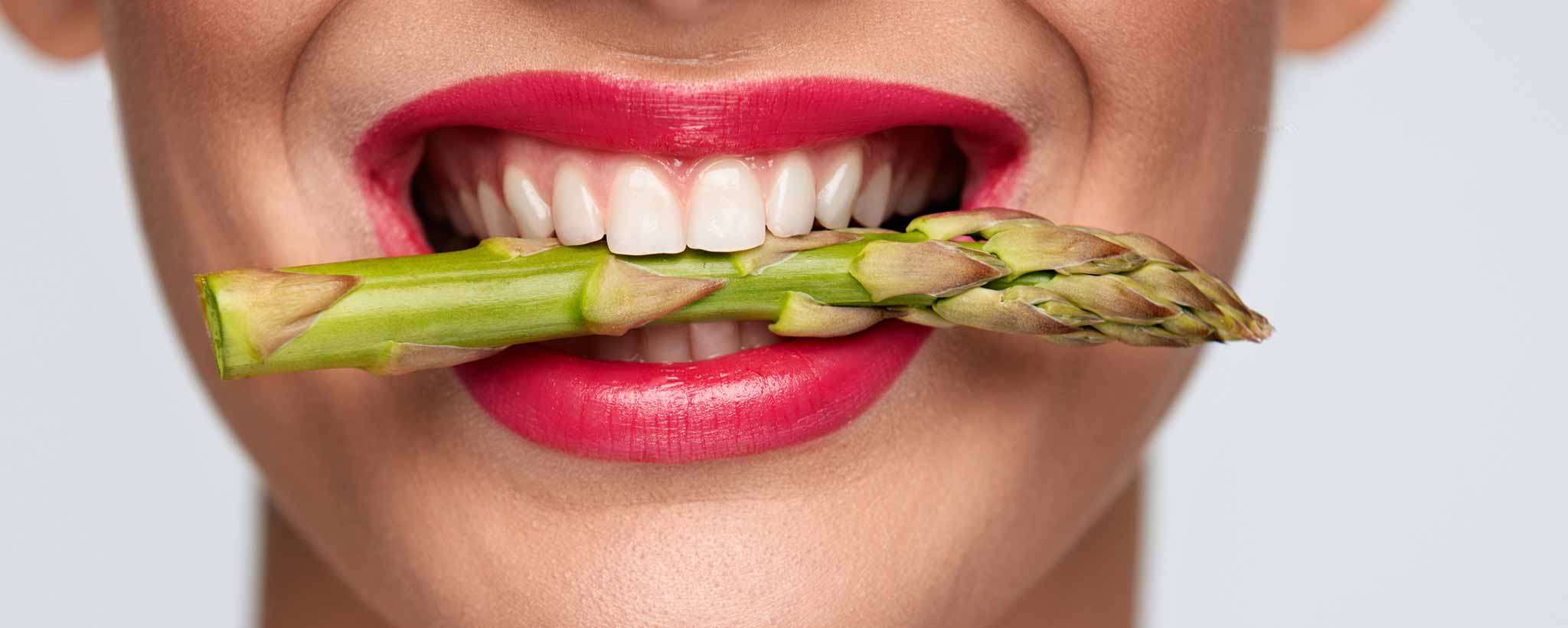Chronic pain sufferers are willing to try almost anything for a day of normalcy.
Medication Ostracization
You are facing an ethical and medical dilemma. As a patient enduring chronic illness without relief through other means, you are considering the use of medical cannabis products. But you do not want it to interfere with your job, nor do you want to be labeled a “pothead.”
As a physician, your role in prescribing cannabis products can appear murky. Are you curing the patient or countervailing more effective treatment?
On a federal level, marijuana is classed as a Schedule I controlled substance by the Drug Enforcement Administration. It is illegal to transport across state lines. So packing your cannabis medicine and traveling to another state can land you in hot water with the TSA or highway patrol.
Ironically, all 50 states have laws legalizing chemical components with varying degrees of restrictions. As of March 2021, over a dozen states have legalized recreational marijuana use.
15 Legal Recreational Marijuana States and DC
| State | Year | How Passed | Possession Limits |
|---|---|---|---|
| Alaska | 2014 | Ballot Measure 2 (53%) | 1 oz usable; 6 plants (no more than 3 mature) |
| Arizona | 2020 | Smart and Safe Arizona Act (60%) | 1 oz usable; 6 plants |
| California | 2016 | Proposition 64 (57%) | 1 oz usable; 6 plants; 8g hash/concentrates |
| Colorado | 2012 | Amendment 64 (55%) | 1 oz usable; 6 plants (no more than 3 mature); 1 oz hash/concentrates |
| DC | 2014 | Initiative 71 (65%) | 2 oz usable; 6 plants (no more than 3 mature) |
| Illinois | 2019 | House Bill 1438 | 1 oz usable; 5g hash/concentrates |
| Maine | 2016 | Question 1 (50%) | 2.5 oz usable; up to 15 plants (no more than 3 mature); 5g hash/concentrates |
| Massachusetts | 2016 | Question 4 (54%) | 1 oz usable; 6 plants; 5g concentrates |
| Michigan | 2018 | Proposal 1 (56%) | 2.5 oz usable; 12 plants; 15g concentrates |
| Montana | 2020 | Initiative I-190 (57%) and CI-118 (58%) | 1 oz usable; 4 mature plants; 8 g hash/concentrates |
| Nevada | 2016 | Question 2 (54%) | 1 oz usable; 6 plants; 3.5g hash/concentrates |
| Oregon | 2014 | Measure 91 (56%) | 1 oz usable in public; 8 oz homegrown usable at home; 4 plants; 16 oz solid marijuana-infused, 72 oz liquid infused, and 1 oz extract at home of hash/concentrates |
| South Dakota* | 2020 | Constitutional Amendment A (54%) | *Recreational marijuana remains illegal in the state while the issue is in the courts. |
| Vermont | 2018 | Legislative Bill H.511 | 1 oz usable; 6 plants (no more than 2 mature); 5g hash |
| Washington | 2012 | Initiative 502 (56%) | 1 oz usable; 16 oz solid marijuana-infused, 72 oz liquid infused, and 7g of concentrates |
| Recreational Marijuana State Laws – Summary Chart from ProCon.org | |||
The hallucinogenic component of marijuana is tetrahydrocannabinol (THC). Cannabidiol (CBD)—derived directly from hemp, a cousin of the marijuana plant—is the primary component most states favor for medical conditions.

THC and CBD are marketed as two completely different products in the cannabidiol business. Low doses consist of around 5 to 10 milligrams of CBD, while a therapeutic or medicinal dose is about 50 milligrams.
Pro: “Something else it’s past time we get done is dismantling the failed war on drugs—starting with legalizing marijuana.” —Kamala Harris, VP of the United States, quoted as US Senator (D-CA), 2019.
CBD is one of 113 identifiable cannabinoids within cannabis plants. In high doses, CBD can counteract the euphoric effects of THC, but perhaps with such unfavorable side effects as nausea, diarrhea, irritability, weakness, or fatigue. Researchers say smoking potent ‘skunk-like’ cannabis (14% THC) increases your risk of serious mental illness. CBD can affect metabolism, thereby altering the effect of prescription drugs.
In whole-plant marijuana form, the amount of CBD is much lower than THC. Hemp is virtually void of THC. Molecular extractions stand contrary to the idea of holistic medicine, where you take something in its entirety for synergistic medicinal benefits.
Medical Uses For Marijuana THC or CBD
Limited human studies have outlined the benefits of THC, CBD, and whole-plant marijuana in relieving pain. THC is used clinically for the treatment of pain and studies find it helps relieve central and neuropathic pain. Most evidence for use comes from user reports and surveys.
Pro: “The most effective neuropathic pain relief occurs after one week of daily CBD treatment,” says senior author Gabriella Gobbi, MD, PhD, professor of psychiatry, Neurobiological Psychiatry Unit, McGill University, Montreal, Canada. —Medscape Medical News
Some CBD manufacturers have come under government scrutiny for wild, indefensible claims, such as CBD is a cure-all for cancer, which it is not. In numerous studies, CBD was able to reduce the number of epileptic seizures, and in some cases it was able to stop seizures altogether. It may ease some symptoms of the following ailments:
Pro: “It is vitally important that more physicians avail themselves of courses on medical marijuana given by the various specialty organizations and other entities, as well as the online courses available through most health departments in states that allow medical marijuana endorsements.” —Henry S. Levine, MD
Physicians should perform and record an adequate history, including the condition potentially being treated by medical marijuana, and any conditions that may present contraindications to medical marijuana use, such as liver disease, psychiatric disorders, and addiction. As a patient, you may also want to use the medical recommendation to apply for a formal medical marijuana card, which enables you to be a registered medical cannabis user in your state if applicable.
Medical Uses For Marijuana THC or CBD
You are not limited to smoking cannabis products.
- Cannabis Butter (cannabutter): Recipes cooked less than 280°F
- Cannabis Edibles: Cakes, cookies, tea
- Cannabis Liquor: From leaves infused with brandy or rum
- Cannabis Oil (cannaoil): Recipes cooked less than 280°F
- Cannabis Topicals: Cream applied to skin
- Tincture: Absorbed through mucosal membranes
- CBD Oil: Room vaporizer, suppository, smoked in vape pen or added to edibles
Medical marijuana is generally grouped into two outdated misnomer categories: Sativa provides a more uplifting experience. Indica is for a calmer, more sedative one. The origins of these categories are based on genetic leaf formation. A more accurate distinction is chemical composition. Marijuana dispensaries may blend formulations to balance side effects or end one strain over another. These anecdotal recommendations differ from evidence-based science.
Some patients feel a medical recommendation is a license to purchase drugs off the street. These are often less expensive than dispensaries. Dealers do not care about your marijuana card. Unregulated street batches are subject to contamination with more addictive or dangerous substances like Fentanyl or heroin.
Beware of Synthetics
Synthetic cannabinoids (or “Synthetic Marijuana”) are generally more harmful than plant-based marijuana. The herbal matter left over after trimming flower buds is sprayed or doused with liquid synthetic cannabinoids. Sold under hundreds of different brand names, some synthetic cannabinoids like “Spice” or “K2” fall under a designer drug category. They endeavor to replicate the effects of THC or CBD but are chemically very different from synthetic cannabinoids. These synthetics were invented in the early 2000s and are commonly reported as legal and safe alternatives to marijuana.
Con: “[W]e should also recognize legalization for what it is: the large-scale commercialization and marketing of an addictive—and therefore highly profitable—substance...” — Co-founder of Smart Approaches to Marijuana and former US Representative (D-RI), 2017.
Synthetic cannabis has inconsistent chemical compositions and potency—often within the same bag. Negative side effects from consuming synthetic cannabinoids are common. Users can experience palpitations, intense paranoia and anxiety, nausea, vomiting, brain swelling, chest pains, poor coordination, aggression, seizures, and psychotic episodes.
Beware of CBD Misuse
On November 25, 2019, the U.S. Food and Drug Administration issued warning letters to 15 companies for illegally selling products containing CBD in ways that violate the Federal Food, Drug, and Cosmetic Act (FD&C Act).
Companies receiving warning letters:
- Koi CBD LLC, of Norwalk, California
- Pink Collections Inc., of Beverly Hills, California
- Noli Oil, of Southlake, Texas
- Natural Native LLC, of Norman, Oklahoma
- Whole Leaf Organics LLC, of Sherman Oaks, California
- Infinite Product Company LLLP, doing business as Infinite CBD, of Lakewood, Colorado
- Apex Hemp Oil LLC, of Redmond, Oregon
- Bella Rose Labs, of Brooklyn, New York
- Sunflora Inc., of Tampa, Florida/Your CBD Store, of Bradenton, Florida
- Healthy Hemp Strategies LLC, doing business as Curapure, of Concord, California
- Private I Salon LLC, of Charlotte, North Carolina
- Organix Industries Inc., doing business as Plant Organix, of San Bernardino, California
- Red Pill Medical Inc., of Phoenix, Arizona
- Sabai Ventures Ltd., of Los Angeles, California
- Daddy Burt LLC, doing business as Daddy Burt Hemp Co., of Lexington, Kentucky
Some of the products are marketed for infants and children. Some products are foods to which CBD has been added. Some of the products are marketed as dietary supplements. One product outlined in a warning letter to Apex Hemp Oil LLC is intended for food-producing animals. Based on the lack of scientific information supporting the safety of CBD in food, the FDA also indicated on the same day that it cannot conclude that CBD is generally recognized as safe (GRAS) among qualified experts for its use in human or animal food.
Con: Tests on 29 bronchoalveolar lavage (BAL) fluid samples from EVALI patients from 10 states showed vitamin E acetate in all 29. These findings provide direct evidence of vitamin E acetate at the primary site of injury within the lung. —Anne Schuchat, MD, CDC principal deputy director.
Pregnancy and Cannabis Don’t Mix
Some pregnant mothers take cannabis for morning sickness. “Cannabis use in pregnancy is likely unsafe; its potential for harm may represent a public health problem,” writes Michael Silverstein, MD, MPH, of Boston University School of Medicine, and two colleagues. There is a greater risk of preterm birth and several other poor perinatal and neonatal outcomes. Also, cannabis compounds quickly cross the placenta and can be transferred through breast milk.
Is Cannabis For You?
Everyone prefers drugs without side effects. But the truth is that there is a threshold at which all—even nonprescription OTC remedies—are harmful. In many cases, cannabis prescription side effects are minor. However, you should answer: Are you willing to contend with cannabis use repercussions, possible addiction, or psychosis?
Notwithstanding moral or religious objections, marijuana could both help and harm your health. Which effect will impact you more? ClinicalPosters makes no specific recommendation. If you feel cannabis products are required for better health, you need to evaluate whether temporary relief from your chronic condition is worth any possible physical, ecumenical, parental, social, or professional consequences.
To support the writing of scholarly articles about individual, ClinicalPosters sells human anatomy charts, scientific posters, and other products online. You may sponsor specific articles or remit a small donation.
ClinicalPosters sells human anatomy charts, scientific posters, and other products online to offset expense of the writing useful articles about individual. Slide extra posters into DeuPair Frames without removing from the wall.
Show your support by donating, shopping for ClinicalPins, or leaving an encouraging comment to keep the research going.
To support the writing of useful articles about individual, ClinicalPosters sells human anatomy charts, scientific posters, and other products online. You may sponsor specific articles or remit a small donation.
ClinicalPosters sells human anatomy charts, scientific posters, and other products online to offset expense of the writing useful articles about individual. Slide extra posters into DeuPair Frames without removing from the wall.
ClinicalPosters sells human anatomy charts, scientific posters, and other products online. You may remit a small donation.
You can support the writing of useful articles about individual by sponsoring specific articles or remitting a small donation. Visible content is optimized for device size.







 Romance & Health Intertwine. Fall in love with a captivating romance miniseries that explores the essence of well-being. Become a ClinicalNovellas library member for heartwarming tales.
Romance & Health Intertwine. Fall in love with a captivating romance miniseries that explores the essence of well-being. Become a ClinicalNovellas library member for heartwarming tales.




